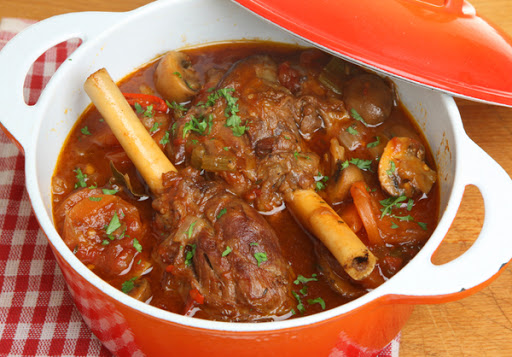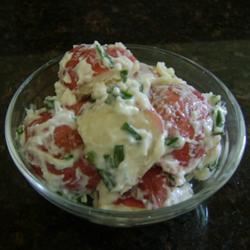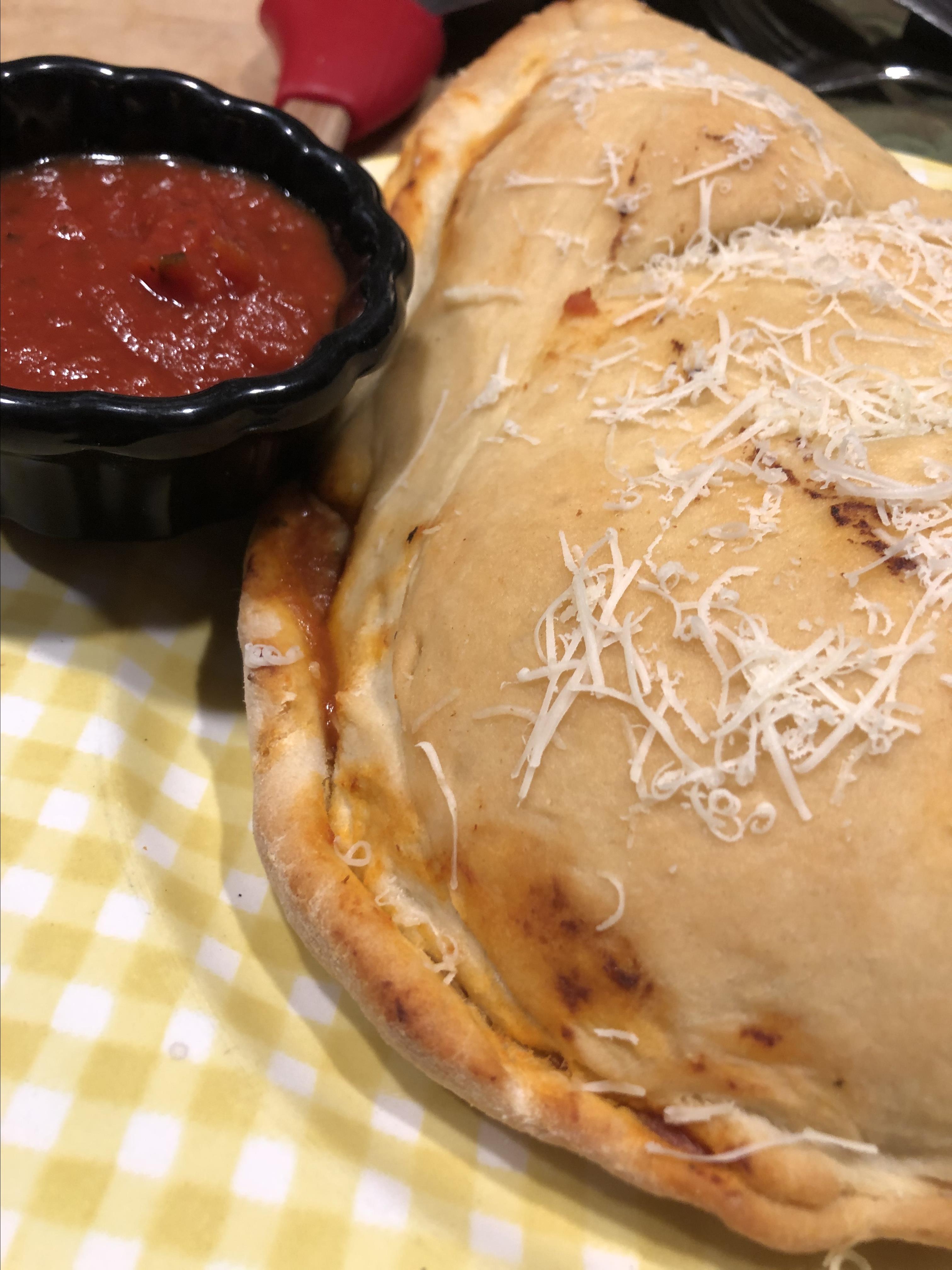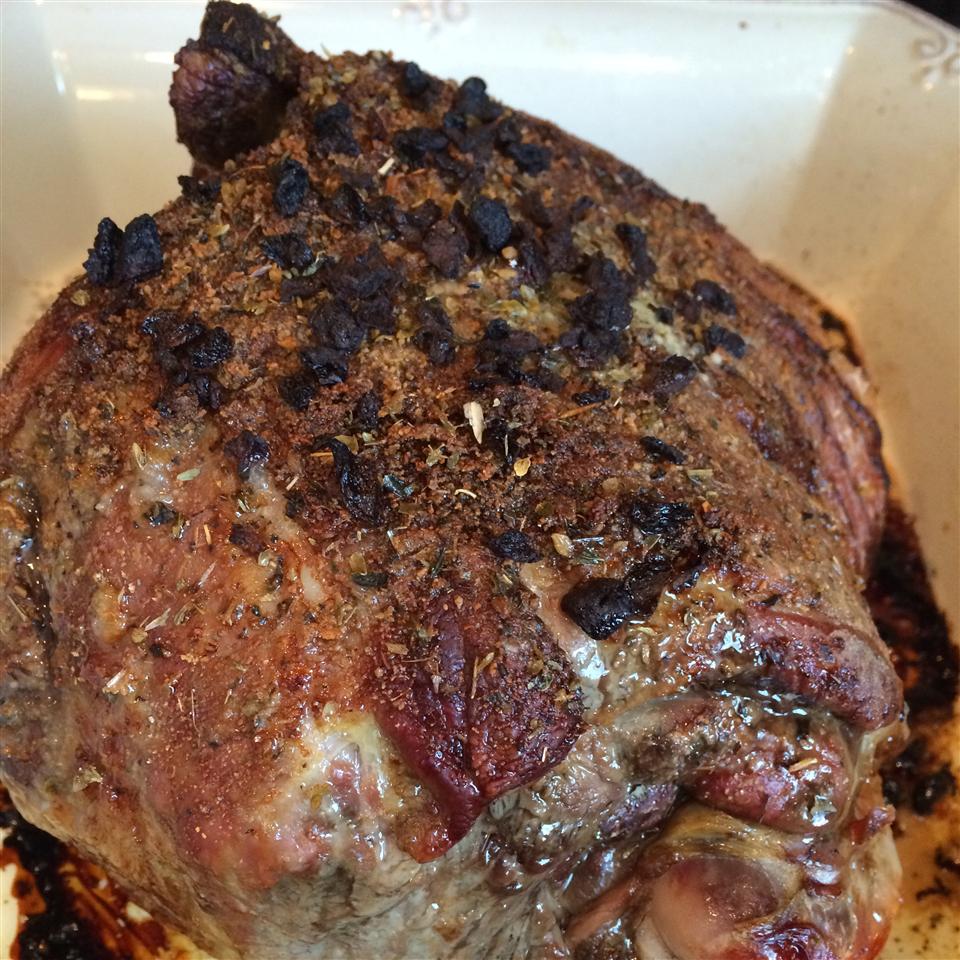In the realm of bread baking, the biga method stands out as a traditional technique that yields loaves with exceptional flavor and texture. A biga is a pre-fermented dough made from a mixture of flour, water, and yeast. This mixture is allowed to ferment for an extended period, typically ranging from 12 to 24 hours, allowing the yeast to slowly develop and impart its distinctive flavors. The resulting biga is then incorporated into the main dough, contributing a depth of flavor and complexity that sets it apart from breads made with conventional methods. This article delves into the art of biga bread-making, presenting a collection of carefully curated recipes that showcase the versatility and appeal of this time-honored technique. From classic sourdough loaves to rustic Italian focaccia and delectable pastries, each recipe offers a unique culinary adventure, guiding you through the steps of creating exceptional breads that will tantalize your taste buds and leave you craving more. So, prepare to embark on a journey of baking exploration as we delve into the world of biga bread, discovering the secrets to crafting artisanal loaves that will impress and delight your family and friends.
Let's cook with our recipes!
BREAD STARTED FROM A "BIGA"
Unlike a sourdough starter, a biga is a fresh starter made the night before you intend to make bread. Biga is Italian; the French equivalent is poolish. As with anything bread, there are literally hundreds of recipes and learned discussions of these fresh bread starters on the web. This is my simple experiment that...
Provided by Heidi Hoerman
Categories Other Breads
Time 16h
Number Of Ingredients 9
Steps:
- 1. 10-12 hours before you intend to make the bread (longer if the room is cold), start the biga by stirring together the first four ingredients in a large bread bowl.
- 2. Cover with plastic wrap and allow the biga to sit at room temperature for 10-12 hours. It will double in size and be full of holes, looking similar to the raw side of a pancake ready to be flipped.
- 3. Stir 3 cups of flour and the second cup of water into the biga until a raggy mass develops. Flop this onto a well floured counter and knead (push and fold) about 100 strokes, add flour as needed to keep it from sticking to your hands and the counter. Try to add as little flour as possible. Too dry a dough results in heavy bread.
- 4. Form the dough into a ball. Put 1 tablespoon of oil into the bread bowl and roll the ball of dough in it to coat. Cover with plastic wrap and put someplace warm and still to rise. An oven with the light on is a good rising environment. Allow to rise about 2 hours until doubled in size.
- 5. Punch the dough down, knead briefly and form into one large loaf, two small loafs, or rolls. The pictured loaves were made in a French bread pan lined with parchment paper.
- 6. Allow the formed loaves to rise another hour or until doubled in size.
- 7. Preheat the oven to 350F. Brush the risen loaves with the other tablespoon of olive oil. Bake about one hour. Longer for a large load, less time for rolls. As ovens differ, you will want to check the bread for doneness by rapping it on the bottom with your knuckle. It should sound hollow. If it thuds, cook ten more minutes and check again.
RUSTIC BREAD RECIPE WITH BIGA :THE BEST HOMEMADE ARTISAN BREAD RECIPE
Steps:
- Into a bowl add in the water and 2 pinches of yeast.It is hard to weigh it and most easiest way of expressing this amount will be slightly less than 1/12 tspStir and dissolve it in water.Now add the flour and combine together to form a dough.Make sure there are no dry patches left behind.Cover the bowl with a cling film and let it sit and ferment overnight.We can use the biga or starter that's been fermented anywhere between 10-16 hours(for the best results)
- In a small bowl ,add the water ,yeast ,salt and flour.Mix and combine to form a shaggy mass of dough.Now incorporate this dough with the preferment.Make sure its combined well enough that there are no lumps left and it's a homogenous dough.If you want to use a stand mixer you can use it at this point, which will make the process much easier.Now cover the dough and let it sit and rise.
- During this Proofing time we need to strengthen the dough.For that we will do 1 round of "stretch and fold" in 45 minutes and then another "layering of dough sheet" in another 45 minutesAfter 45 minutes of proofing, let's do stretching and folding the dough to strengthen the gluten in the dough.Just pull and stretch the dough and then fold it onto itself.Repeat the same on all four sides.Leave it to rise for another 45 minutes.Then again flip the dough on to a wet surface and stretch the dough to form a rectangular sheet of dough.Fold the dough from bottom and top 1/3 rd and then again fold it as shown in video.By now our dough has got a good texture.Transfer this dough onto a well greased containerNow cover the dough and let it rise for another 30 minutes.
- Our bread dough has risen slightly and it is ready for shaping.Transfer the dough on to a well floured work surface and then shape it into a boule " (round )or batard" (oblong)Place the shaped dough on to a bannettone or onto a rectangular loaf pan or a round bowl, lined with a well dusted(best to use gluten free flour like rice flour so that it will not stick to the dough) kitchen towel.Let the shaped bread dough sit and rise for 50 minutes in a warm environment and 50-60 minutes in a cold environment.After the final proofing, flip the dough on to a parchment paper.Dust off any excess flour on top.Score the bread with a sharp knife or blade or with a lame.Place this into the preheated oven dish or dutch oven.(We can use any oven proof dish with a proper lid.)Close the oven dish with it's preheated lid.
- Baking temperature and durationTransfer the dough on to a well preheated dutch oven(250C)( I recommend an oven thermometer to make sure your oven is hot enough) and close the pot with an oven safe lid.We can use a Dutch oven which is best to use for making this type of artisan rustic breads.Take care not to burn yourself during this step as the dutch oven or oven dish is very hot.Bake the bread inside the hot dutch oven(480F or 250 C) for 18 minutes with the lid on.After 18 minutes of baking,remove the lid and Reduce the oven temperature to 230CF.And then bake for another 8-12 minutes without the lid (450 F or 230C) ,until the top of the bread is nice and deep golden brown.The more you bake at this point,the more crispy the crust become.This extra baking will give that outer crust of the bread to get a more crisp and caramelized golden brown color and a nutty flavor.
- The bread is best when eaten fresh,when they are cooled but still slightly warm.It is chewy,so flavorful and has the perfect airy, soft texture.Enjoy!
BIGA

In traditional bread bakeries in rural Italy, bread for a new day is started with a bit of unsalted starter taken from yesterday's bread making. The starter is known as "biga", pronounced bee-ga. No new dry, cake or wild yeast is added, just a cup or so of yesterday's biga. Of course, since the concentration of yeast cells is lower than in a packet or more of purchased yeast, the bread takes longer to rise. It simply takes longer for the yeast cells to multiply to the point that enough CO2 is released to raise the bread. But the slow rise contributes to the very well developed, distinctive flavor of these country loaves. Plus you can go away to work or whatever for the day and come back to bake it later on. You can cut the recipe in half easily. Recipe by Geri Guidetti of the Ark Institute.
Provided by Chef Kate
Categories Yeast Breads
Time 15m
Yield 4 cups
Number Of Ingredients 4
Steps:
- Sprinkle yeast onto the 1/4 cup warm water and let stand approximately 10 minutes until creamy.
- Add rest of water, stir.
- Add flour, one cup at a time and stir.
- Mix with wooden spoon for approximately.
- 4 minutes.
- Oil a bowl three times as large as the mixture's volume and scrape dough into that bowl.
- Cover with plastic wrap and let rise 8-24 hours in a cool room or until triple in volume.
- The longer it sits, the more character it develops.
- If you let it go too long, it will take on sour overtones similar to sourdough starter as a result of the acidic by-products of yeast metabolism.
- If the room is cool enough--60-65 deg.
- F, 24 hours will yield a nice, mellow-flavored biga.
- You only need your first biga to get started.
- Then it is simply a matter of making bread at least once a week or so if you have refrigeration to keep the biga alive.
- If you don't have refrigeration, you would want to make bread every day and save a portion of the new dough you make each day as a starter for tomorrow's bread.
- Just take that portion BEFORE you add salt to the new bread dough.
- In this case, you would keep tomorrow's starter at room temperature.
- Use as you would a sourdough starter.
- For a rough guide, use approximately one cup of biga for a bread recipe calling for 7-8 cups of flour.
SOURDOUGH BIGA FOR ITALIAN BREAD

Make this biga with your sourdough starter for a terrific sourdough Italian bread. Start this the afternoon before you'll be baking the bread.
Provided by ghostlyvision
Categories Sourdough Breads
Time 12h10m
Yield 1 biga, 1 serving(s)
Number Of Ingredients 3
Steps:
- In medium bowl pour starter and warm water, mix until smooth. Add flour and beat until smooth, about 3 minutes, it will be quite stiff.
- Oil a large, deep bowl, scrape biga into it, cover with oiled plastic wrap and let rise for 12 - 18 hours, it will likely rise up and then fall back in on itself.
- Use as directed for the biga in your favorite Italian bread recipe or in the Chewy Italian Bread recipe #176167.
Nutrition Facts : Calories 455, Fat 1.2, SaturatedFat 0.2, Sodium 3.7, Carbohydrate 95.4, Fiber 3.4, Sugar 0.3, Protein 12.9
BIGA
A biga, or 'starter', adds flavor and extra leavening power to bread dough.
Provided by THYCOOK
Categories Bread Yeast Bread Recipes Sourdough Bread Recipes
Time P1DT20m
Yield 5
Number Of Ingredients 4
Steps:
- Place the warm water in a small bowl, and sprinkle the yeast over the top. Let stand until yeast has dissolved and is foamy, about 15 minutes.
- Measure flour into a large bowl. Make a well in the center, and pour in the yeast mixture and cold water. Use a sturdy spoon to mix it together until sticky and difficult to stir, but nevertheless thoroughly combined. Cover and allow to ferment for 24 hours in the refrigerator before using.
- Store in the refrigerator for up to 2 weeks. To use, rinse a measuring cup in cool water, scoop out the amount of starter needed, and bring to room temperature.
Nutrition Facts : Calories 348 calories, Carbohydrate 69.8 g, Fat 1.6 g, Fiber 2.4 g, Protein 11.7 g, SaturatedFat 0.2 g, Sodium 4.7 mg, Sugar 0.3 g
Tips:
- Use a biga: A biga is a pre-ferment that helps to develop flavor and structure in bread. It is made with a small amount of flour, water, and yeast, and is allowed to ferment for a period of time before being added to the main dough.
- Use high-quality ingredients: The quality of your ingredients will have a big impact on the final product. Use unbleached flour, fresh yeast, and pure water.
- Knead the dough properly: Kneading the dough helps to develop the gluten, which gives bread its structure. Knead the dough for at least 10 minutes, or until it is smooth and elastic.
- Let the dough rise in a warm place: The dough needs time to rise in order to develop its flavor and texture. Place the dough in a warm place, such as a turned-off oven, for at least 1 hour, or until it has doubled in size.
- Bake the bread at a high temperature: Baking the bread at a high temperature helps to create a crispy crust and a tender crumb.
Conclusion:
These tips can help you to make delicious bread at home. With a little practice, you can master the art of bread making and enjoy fresh, homemade bread whenever you want.
Are you curently on diet or you just want to control your food's nutritions, ingredients? We will help you find recipes by cooking method, nutrition, ingredients...
Check it out »
You'll also love










